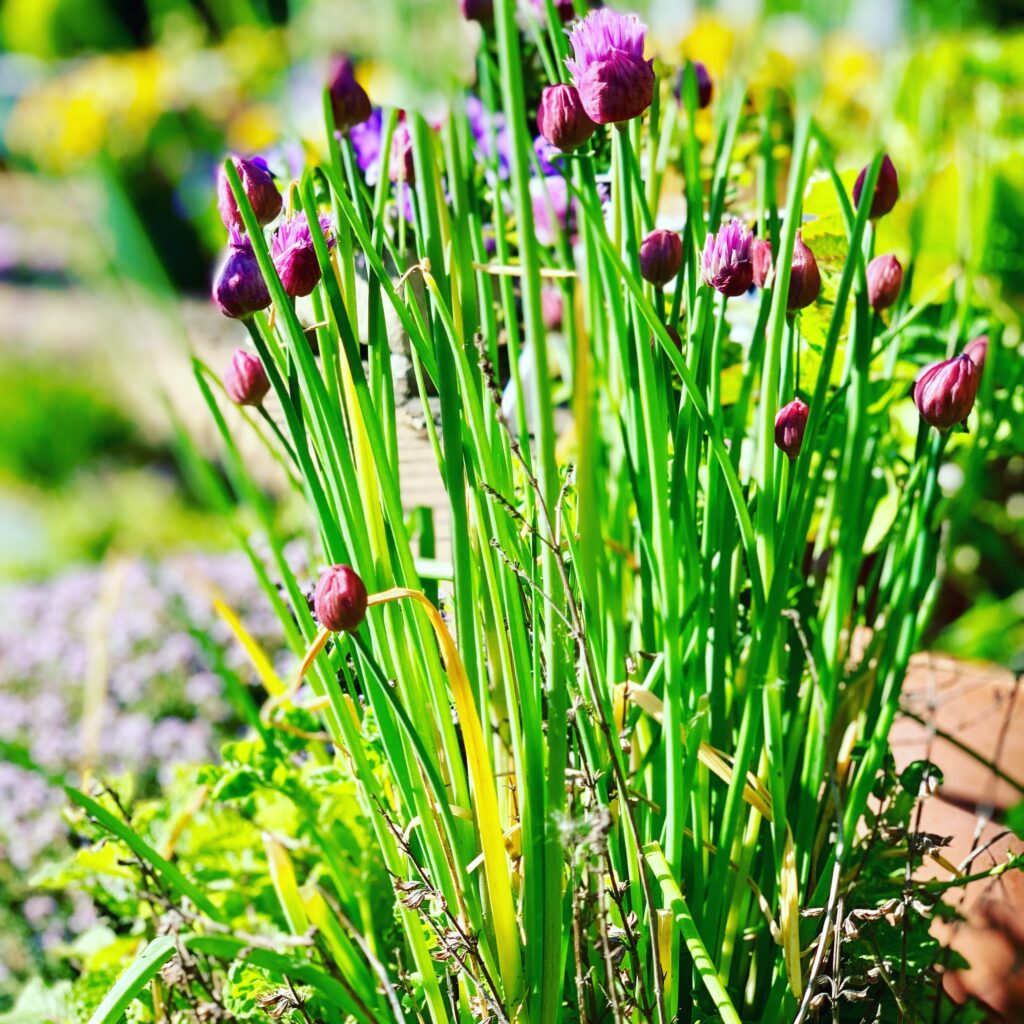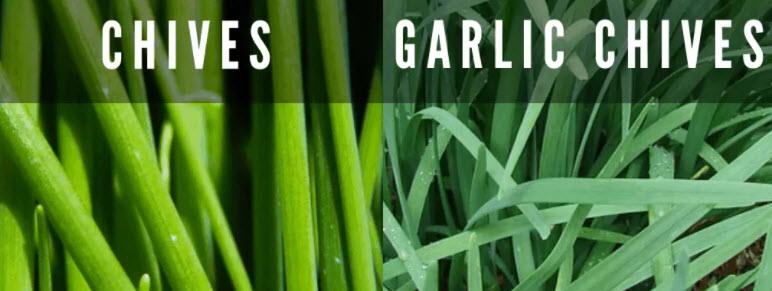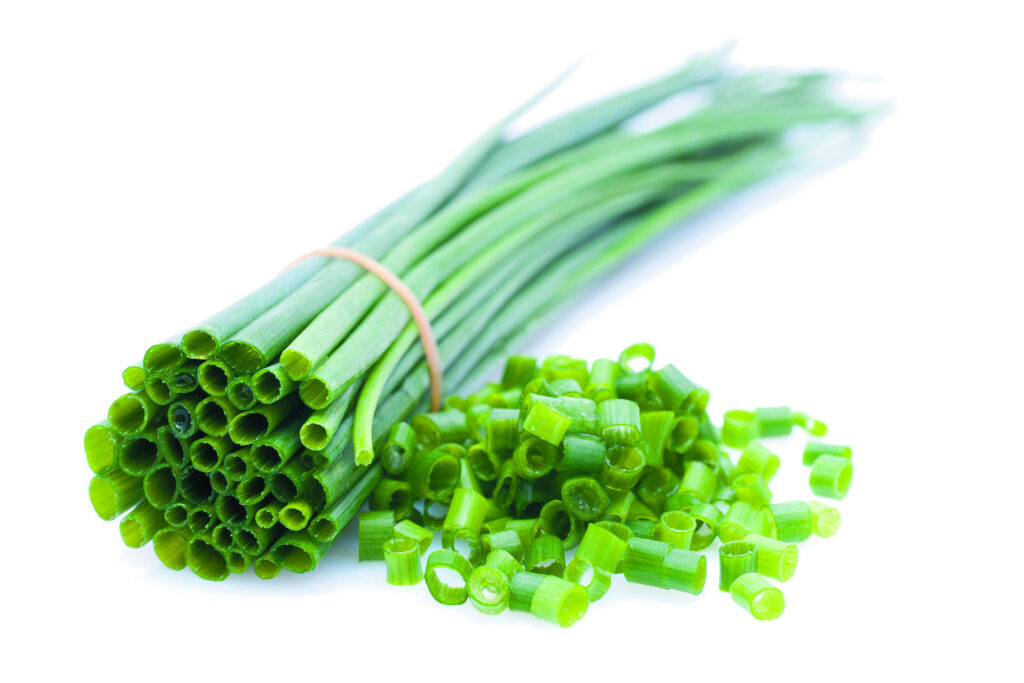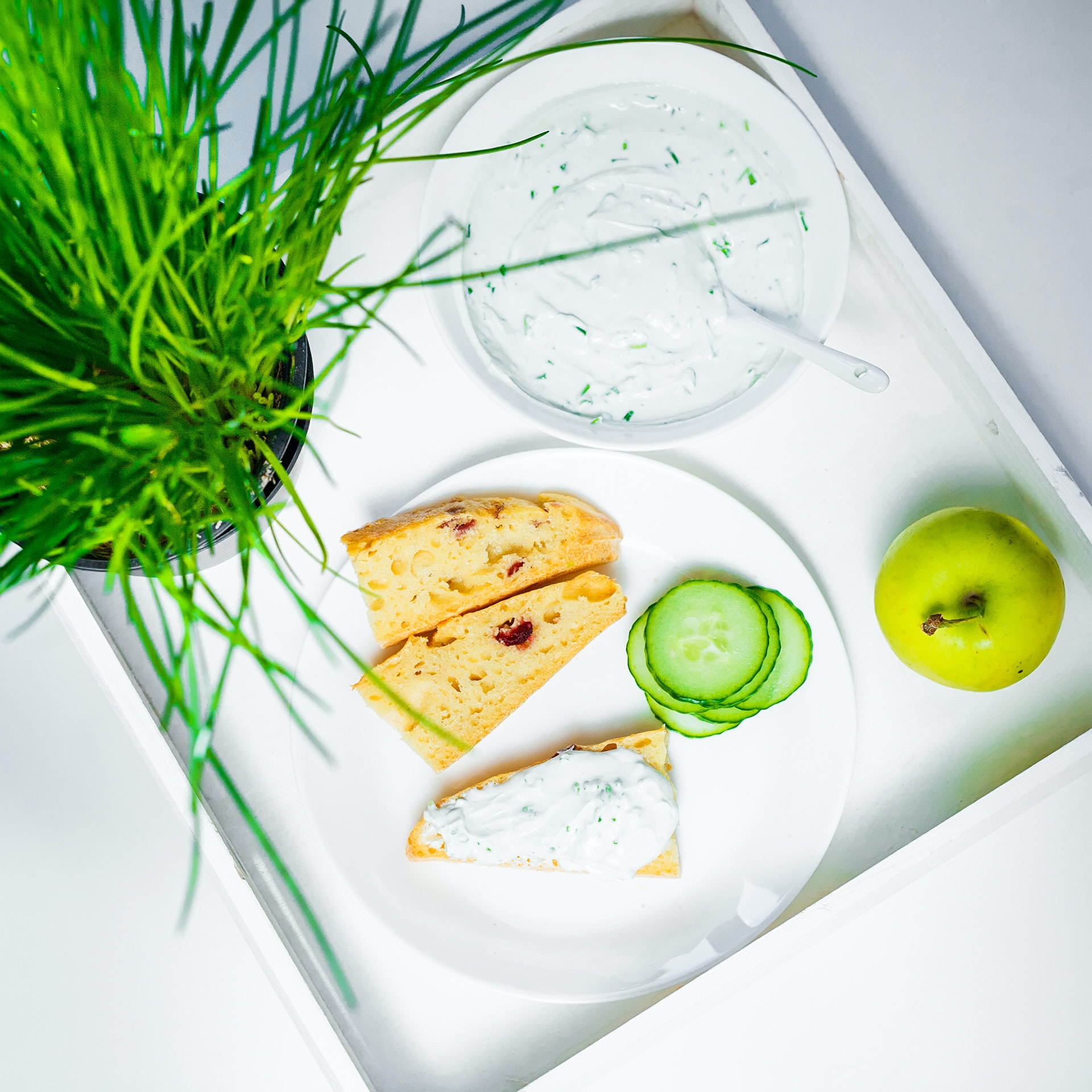Chives are fresh veggies with a slender frame and bright green hue. There is so much hype around chives and how many benefits they offer. If you’re currently on the fence about what chives can do, this could be a perfect deal-breaker.
Everything from how chives taste to what they can do for you could make this herb attract your appeal.
Table of Contents
What are Chives (allium schoenoprasum)?
Chives (Allium schoenoprasum) are flowering plants with edible leaves and flowers. The herb has a striking resemblance to at least six other cousins. Chives grow bulbs too, in a similar fashion to other species in its family.
The perennial herb is planted in several areas for a wide range of uses, making it a versatile leafy veggie.
Seed, flowers, and leaves
The seed from this plant usually comes in a small, three-valve pod shape. The seed usually matures in summer and stays on well into the flowering stages.
In most parts where it gets cultivated most, the plant flowers from April – June.
The leaves and flowers retain their final flavor a few weeks after budding is complete. Fully open buds of this plant are edible and serve as a primary ingredient in some meals.
Stem
Chives are perennial and may grow to about 18 inches – 20 inches tall in some environments. Also, some variants that grow small even when mature are available.
The stems of this plant are hollow and follow a tube-like shape. During the wet season, the leaves remain fresh several days after harvesting. The long stalk plant grows in a range of soil types, and this onion-like plant stalk could produce new leaves each year.
A mild, onion-y taste oozes off when this plant is fresh from the farm. Most people grow chives for their green stalks and good nutritional support. There are several cousins like Chinese bulb onions, shallot, scallion, leek, etc.
Where They Grow
Chives grow in clumps and prop up for the most part in the early spring season. The planting season for chives usually falls within spring and summer months. After planting, this garden herb can be harvested every thirty to seventy days.

Moist soil performs better when growing chives, and with full sun exposure, an expected harvest becomes achievable. Full sun impact and organic matter used in growing chives could also be a difference-maker.
Soil moisture, growing pattern, and other factors could contribute to how grown herbs turn out.
The dry season isn’t a great time for growing succulent chives when the soil isn’t moist and there’s no irrigation. But with new agro-tech focused on indoor growing, you could get a new herb supply year-round.
Garlic Chives and Chives – Is There Any Difference?
Chives have a close relation to garlic, but don’t have the same stem pattern and growth potential.

Garlic chives develop with flatter stems that are considerably wide than regular bulb-stalk herbs. But the significant difference lies in garlic chives having a marked garlic flavor.
Uses
The complimentary flavor of this herb makes it ideal for use in several culinary delights. Here are some of the uses of this long stalk onion cousin;
Seasoning
The chive plant is a common feature in onion, tarragon, chervil, and parsley mixes. With this combo, cooks can create French fines herbes with ease. The plant can also be used as a sauté component for omelets, salads, fish-based meals, and more.
Garnish
The fresh onion flavor of allium herbs is ideal as a back component for decorating dishes. Since this plant is edible even when fresh, it can be an excellent option to keep a flavorful natural addition to several meals.
Sauces
When it comes to sauces, leveraging this herb could be overtly dynamic. Some cooks may make it a mainstay in seafood meals or for stuffing on baked goods. Herring meals in Scandinavian cuisine also use this plant for their sauces.
Other dishes like cream-based delights and chicken, tuna, beef, or eggs get a flavorful touch-up with chives.
Vegetable stews in some parts of Europe also use this herb as a sub for regular onions.
How to Add Chives to Your Meals
Chives are easy to incorporate into meals to produce a distinct taste. From omelets and sauces to baked goods, grown veggies can feature in your meals.
What Chives Taste Like
The perennial herbs give off a mild onion feel from stalk to bulb. When sautéed, this garden plant releases juices similar to regular bulbs, making it an excellent fusion option for flavorful dishes.
7 Chive Recipe Ideas
- French omelet with chive – sautéed garlic garnish
- Chive pesto sauce with basil, olives, pine nuts, and red onions. Garlic bulbs are an option in this recipe
- Stuffed chicken – baked chicken breast filled with cream cheese and chives
- Garlic chive with whipped butter – softened butter minced with garlic and chives. Warm bread or rolls are ideal bases for this butter mix.
- Crab cakes with chives – crab cakes drawn from crabmeat, breadcrumbs, flour, eggs, chive stalk or flower (as desired), and seasoning. All ingredients are shallow or deep-fried in a skillet (preferably non-stick)
- Baked potatoes, butter topping, and chive garnish
- Chive scrambled eggs – cream cheese and chive stalk mixed in scrambled eggs
How to Preserve Chives
You can wrap chives in paper towels and place them in a zip-lock plastic bag for several days. Place zip-locked stalks in the fridge, and these chives will remain fresh for long. The stems can stand upright in a vase with some water poured a few inches high.
Washing chives immediately could get them soggy and unusable. If you need chives to feature well in your meals, consider washing right before use.
If you don’t want to accelerate this onion cousin’s deterioration, keep them dry all the time.
Frozen chives are also common in many kitchens, and this storage method proves to be effective.
You can get chive and chive blossoms well under temperature, keeping them rigid. When these stalks are rigid, you can cut them as desired and use them in your meals.
Wrapping chives in wax paper before freezing in a compound butter is another brilliant storage method.
Or you can settle for snipping chives into an ice tray before filling with oil or water. Freezing chives this way does well to maintain its flavor and elicit smoother use for future recipes.
Nutritional Composition
- 1tbsp – 131 IU of vitamin A + 1.7mg of vitamin C
- 1tbsp – 6.4µg of vitamin K, three µg of folate, 3mg of calcium, 1mg of magnesium, 2mg of phosphorus, and 9mg potassium.
Benefits

Cancers
Several cancers in the prostate, esophageal, stomach areas are less likely to develop with regular herbs consumption.
Sleep and mood improvement
Choline is an essential nutrient for sleep support and is available in chives.
Ideal Substitutes
Even if several allium species are grown in different ways, some can fill in for each other with ease. Here are ideal substitutes capable of working interchangeably in dishes.
- Green onions
- Scallions
- Leeks
- Shallots
It’s noteworthy that not all veggies produce similar flavors. But if you need to make do with what’s available, these options could fill in nicely.
Comparison with Chive Cousins
Chinese chives
As a staple for several noodle-based meals, Chinese chives are easy to grow and function as an onion replacement. Several Far East dishes use a combo of Chinese chives and other herbs for flavoring their dishes.
Garlic chives
Dense in nutrients just like regular allium, garlic chives offer low calories. It could be a direct substitute for allium, but with a more robust flavor.
Scallions
Leaves of scallions have a long, tender orientation similar to chives. The stiff white stalks of scallions are the only significant difference from other Allium species. Scallions are grown young and harvested in bunches, hence the alias’ bunching onions.’
Spring Onions
Unlike chives that possess an onion flavor even after sautéing, early spring onions have a few differences. Raw spring onions are second only to regular bulbs when it comes to bite and sustained flavor.
But when these onions are sautéed, they could become rather sweet, particularly when tender.
Also, spring onions have better resistance to wilting, making it ideal for roasting. Stir-fry cooking chive blossoms is another regular course for onion flavor enthusiasts.

Growing Garden Chives, DIY-Style
Long stalk allium species are often comfortable to cultivate and harvest. These herbs can quickly sprout from small pots in an indoor garden or greenhouse with access to ample sunlight, nutrition, and water.
Most chive species do better under moderate sunlight of at least six hours. And with a soil pH around 5.5 ~ 7, you can be sure of a better chive harvest every time.
These herbs are also super easy to grow in mid months like June or later. Also, there’s a chance of getting an unlimited chives blossoms supply each year with hydroponic grow kits.
FAQs
What is the difference between chives and green onions?
The significant difference between chives and green onions rest in their taste variances. While chives offer a mild onion flavor, green onions could give off a sweet taste when sautéed.
Are chives and scallions the same thing?
Scallions and chives are not the same thing, as they have some look differences in their flowers and stalks.
What do you use chives for?
Cooking is the major use for chives. Garnishing and incorporation into sauces are other major uses for this allium species.
Final Word
There are several health benefits attached to using veggies for your meals. To get increased benefits, consider regular consumption of chives. And if you’re keen on getting this long leaf plant grown in your garden, the tips above will be immeasurable.

I started my sporting career at the age of 3 in the preparation of ice hockey. I spent sixteen years playing ice hockey, and I remember the summer preparations today. What are my passions? It is still fitness training, all kinds of workouts and the most important is a healthy lifestyle. You can’t just do a workout without the right way of life. You need to stay curious and listen to your body.


